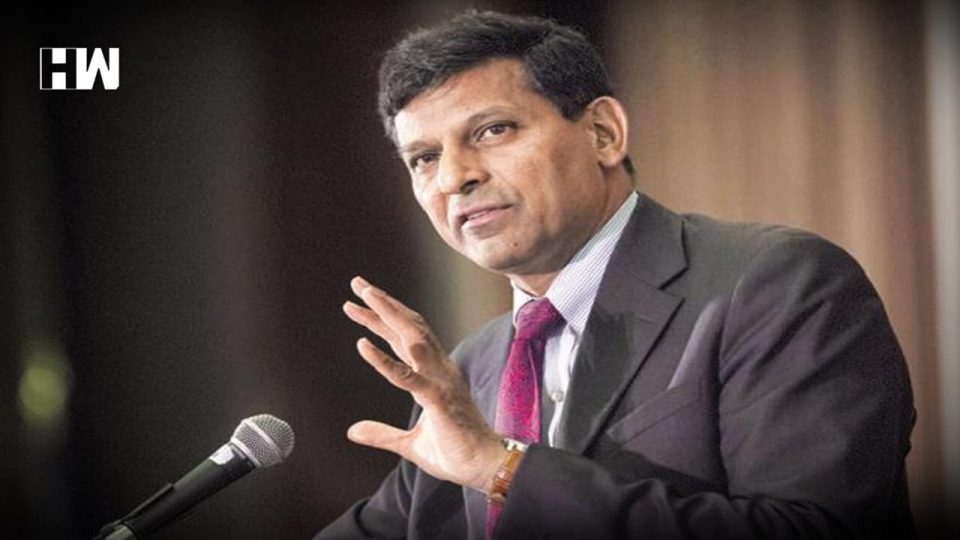It was during UPA’s coalition govt. a tenure that India’s GDP growth rate touched the two-digit number for the first time.
“These days’ efforts are being made to popularize a failed experiment in the history of Indian politics by the name of Mahagathbandhan,” fired PM Modi from the podium at BJP’s national convention at Ramleela Maidan. His attack on the opposition came few days before the United Opposition rally at Kolkata’s brigade ground. “These people are trying to make a ‘majboor sarkar’ (a helpless government) and not a “Majboot Sarkar” (A strong government),” he charged further.
This notion that the coalition governments are weaker and not capable of delivering on their promises has been prevalent in the Indian electorate and media for a long time. On Thursday, former RBI governor Raghuram Rajan too expressed the possibility that the Indian economy may slow down if a coalition government comes to power after the 2019 Lok Sabha election. His comments took many by surprise as he has been critical of the demonetization and other economic policies launched by the Modi government-a majority government.
But, does the hysteria that coalition governments are bad for the economy, hold any water? Well, to answer that we first have to look at the history. India has had a long list of coalition governments. Since the time of Morarji Desai to Manmohan Singh’s UPA, in the last fifty years, India has mostly been under the coalition government. The only two elections when the political parties were able to get the majority were- general elections of 1984 and 2014.
Let us first go through India’s GDP growth figures over the years, as it is considered the core indicator of development. We will present the numbers since 1991, as the economy was liberalized in the year. Incidentally, the major economic reform was brought by the PV Narasimha Rao-led coalition government.
According to the World Bank data, in the year 1991, India’s GDP growth was 1.05%. The country was on the brink of an economic crisis when the PV Narasimha Rao government brought in measures to resurrect the economy. From ending license Raj, introducing LPG policy to opening up India’s equity market for the foreign investors, the government transformed the economy. The success of the government in bringing the required economic reform can be gauged by the sheer amount of Foreign Direct Investment. India grew from the minuscule US $132 million in 1991–92 to $5.3 billion in 1995–96. In the last year of the coalition government’s term, the GDP growth of India was recorded at 7.55%.
After the hung parliament in 1996 General Elections, 13 different non-congress, non-BJP political parties came together to form United Front with Deve Gowda as the Prime Minister. He held the office for a brief term before stepping down from the post and making a way for his successor IK Gujaral. During the United Front government, the GDP Growth rate for 1997 and 1998 were 4.5 and 6.1 respectively.
After the United front government, came the coalition government led by BJP’s Atal Bihari Vajpayee. In his five-year tenure from 1999 to 2004, the GDP growth of India went through many ups and downs. While in 1999, the growth rate was 8.84%, in the subsequent years it fell to 3.84%, 4.82% and 3.80% respectively before taking a jump and hitting 7.86% growth rate in 2003. In the next year, it moved slightly upward and registered 7.9% growth rate.
In its term of five years, the Vajpayee government worked towards increasing foreign investment, modernisation of public and industrial infrastructure, the creation of jobs, rising the high-tech and IT industry. The policy shift was focused on the salaried class urban and young people.
Then came the UPA government led by the Prime Minister Manmohan Singh. As many as 22 parties came together to form the United Progressive Alliance that ruled the country for 10 years from 2004 to 2014. During the first term and half-way through the second tenure, India’s GDP remained constantly rising, except in 2008 when it collapsed to 3.89%. It was during UPA’s tenure that India’s GDP growth rate touched the two-digit number for the first time. The 2006-08 was a period when the poverty fell down drastically.
There was a high rate of growth in manufacturing industries between 2004-05 and 2010-11. In 2012, the UPA government decided to disinvest in the public shares, if successful there would have been a receipt of 20,300 crores that would have provided some relief to the fiscal deficit. The aim of UPA was to bolster economic growth and make India an attractive destination for foreign investment. In 2013, it introduced 51% FDI in the multi-brand retail sector. However, it was met with a lot of opposition.
After 2014, when the Modi government came to power with an absolute majority, India’s growth rate was 7.41%. It rose to 8.41 the subsequent year and then plunged to 7.1% and 6.6% in 2016 and 2017 respectively. The major economic reform that the Modi government undertook was the introduction of GST.
Well, history does not lie but it gives us lessons. And even the former RBI governor YV Reddy agreed that the coalition government produce a better economic result. However, bringing major economic changes mostly depends upon how stable is the prevailing government- coalition or majority. As HW News Business Editor remarked that even if there is a coalition government, the dominant party should be strong enough to push through the economic policies. “A fractious coalition may lead to compromise on various Economic policy issues,” he said.
As an independent media platform, we do not take advertisements from governments and corporate houses. It is you, our readers, who have supported us on our journey to do honest and unbiased journalism. Please contribute, so that we can continue to do the same in future.

